In the animal kingdom, eye size is often closely related to an animal's lifestyle. Larger eyes usually mean that the animal has a wider field of vision, a higher sensitivity to light, and performs better in low-light environments. This article details the top ten animals with the largest eyes, from largest to smallest. Their eyes are not only amazing in size, but also have extraordinary visual abilities.
Colossal squids have the largest eyes on Earth, with an eyeball diameter of up to 30 cm, almost the size of a volleyball. This huge eye helps them capture weak light in the extreme darkness of the deep sea, helping them find prey or avoid predators.
Giant squids live in the deep sea, where there is almost no light. Their eyes can capture the weak bioluminescence emitted by other creatures, helping them hunt in the deep sea at hundreds or even thousands of meters. Large eyes can also help them sense predators from afar, especially natural enemies like sperm whales.
Giant squids live in the deep sea near Antarctica and are rarely discovered by humans. Because food is scarce in the deep sea, the giant squid's eyes have evolved to be so large that they can hunt efficiently in limited light.
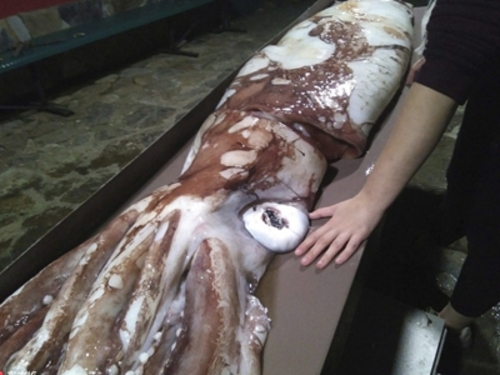
Sperm whales have the second largest eyes on Earth, with eyeballs up to 17 cm in diameter. Despite their large brains, their eyes are relatively simple in structure, adapted primarily to the visual needs of deep-sea environments.
Sperm whales are the world's largest toothed whales, capable of diving into the deep sea to prey on giant squid. Their large eyes help them find prey in the deep sea, but they mainly rely on the sonar positioning system to determine the location of prey through echolocation.
Sperm whales are marine giants that mainly prey on deep-sea squid. Their deep-diving ability allows them to reach depths of more than 3,000 meters, and this deep-sea environment requires them to have huge eyes to perceive weak light.
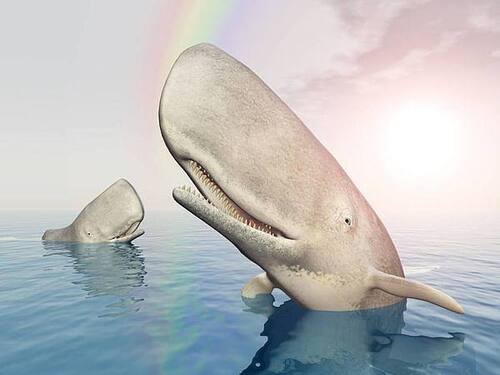
Moose are the largest deer in North America and Europe, with eyes up to 10 cm in diameter. Although their eyes are not as large as those of deep-sea animals, among land mammals, moose eyes are already super large.
Moose's eyes are located on both sides of their heads, giving them a wide field of vision, almost 360 degrees around them, which helps them avoid predators such as wolves and bears in the northern forests.
Moose live in cold forests in North America, Europe and Asia, using their large eyes' wide field of vision to protect themselves and their keen night vision to find food.
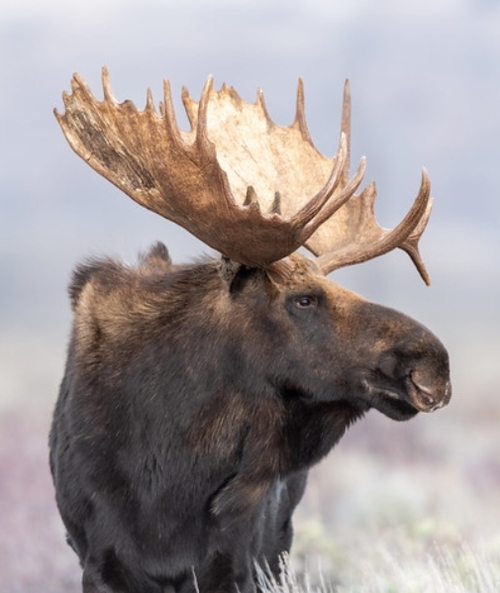
The ostrich has the largest eyes among land animals, with an eyeball diameter of about 5 cm, which is larger than its brain. Such large eyes make the ostrich one of the land animals with excellent vision.
The ostrich's large eyes give them the ability to observe from a distance. In open grasslands and desert environments, ostriches can detect predators such as lions or leopards hundreds of meters away. This sharp vision helps them respond in time in high-risk environments to escape or defend.
Ostriches live in grasslands and deserts in Africa. With their strong visual ability and fast running skills, they can effectively avoid predators and ensure their own survival.
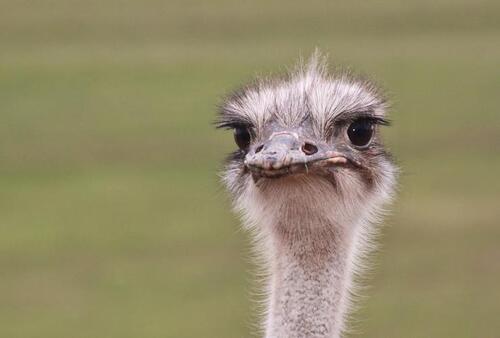
Horses have eyes that are about 5 cm in diameter, similar to the size of ostriches. Their eyes are located on both sides of their heads, allowing them to see almost all of their surroundings.
Horses' eyes give them excellent side vision, with a field of vision of almost 350 degrees, which can easily detect threats from behind or to the side. However, their frontal field of vision is narrow, and they usually turn their heads slightly to observe the scenery in front.
Horses are herd animals that rely on their strong eyesight to protect themselves from predators. As herbivores, horses need to monitor changes in the environment through vision at any time so that they can quickly escape when danger comes.
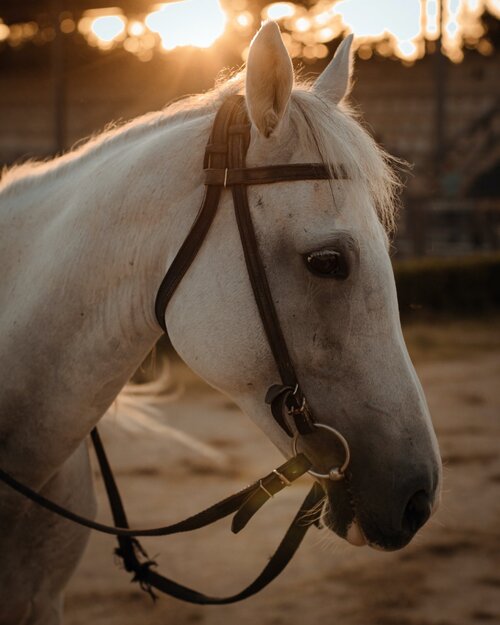
Walruses have eyes about 5 cm in diameter, which is relatively large among aquarium/52-marine-animals.html">marine animals. This helps them find food underwater and avoid predators.
Walruses cannot see as clearly underwater as on land, but their eyes can adapt to dim environments, helping them to move underwater or at night. Their eyes can also withstand strong light reflections, especially when the sun is reflected on the ice.
Walruses live in the oceans and ice of the Arctic region, relying on their strong vision and sense of touch (whiskers) to forage in the cold. They mainly prey on mollusks, especially clams and shellfish on the seabed.
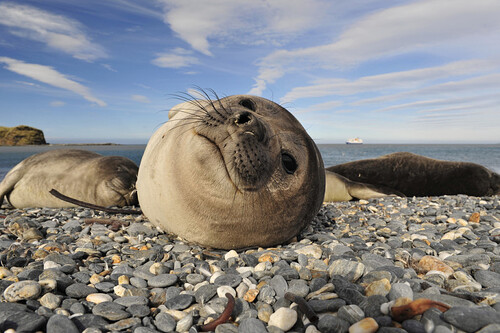
The golden eagle is a species with larger eyes among birds, with an eyeball diameter of about 4 cm. This large eye gives it extremely strong farsightedness, allowing them to accurately lock prey from high altitudes.
Golden eagles have extremely sharp eyesight and can detect prey on the ground, such as small mammals and birds, from hundreds or even thousands of meters in the air. Their eyes have extremely high resolution and are one of the most visually powerful birds.
Golden eagles are widely distributed in the mountains and grasslands of North America, Europe and Asia. They mainly fly in circles, search for prey in the sky, and then quickly dive to hunt.
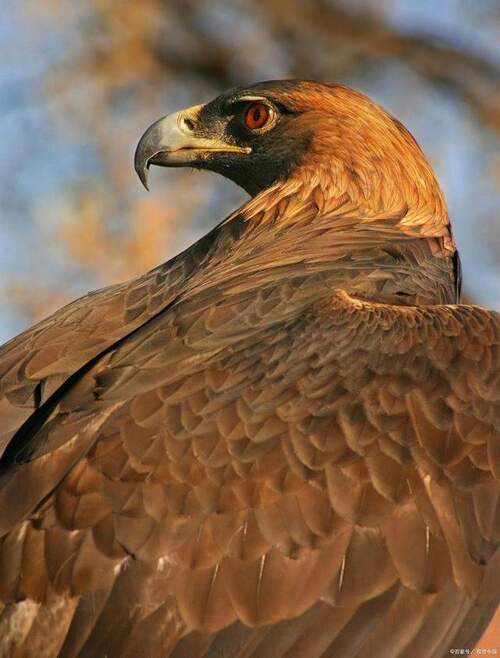
Although the leopard frog is small in size, its eyes are very large relative to its body. This large eye allows them to react quickly in dark environments, especially at night or in dark wetlands.
Leopard frogs' eyes are extremely sensitive to light, which helps them catch insects at night. Due to their wide field of vision, leopard frogs can quickly detect potential predators and quickly jump away.
Leopard frogs mainly live in wetlands, rivers and lakes. Their vision helps them effectively avoid natural enemies such as snakes and birds, and is also a weapon for efficient insect predation.
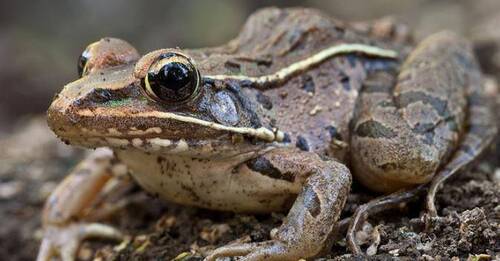
The diameter of an elephant's eye is about 3.8 cm. Although it is not extremely large, it is still very significant compared to its huge body.
Elephants have relatively poor eyesight, but they rely mainly on hearing and smell for navigation and communication. Elephants' eyes perform well at close range, but their vision at long distances is limited.
Elephants live in tropical and subtropical regions of Africa and Asia. They usually live in groups, rely on strong social structures to protect the group, and use a combination of vision, sound and touch to communicate.
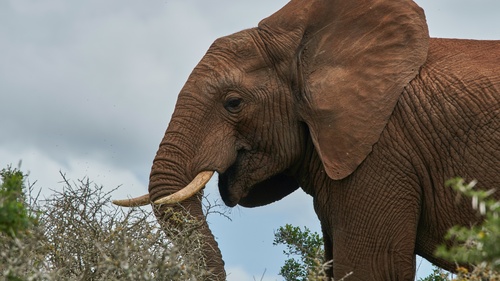
Owls have eyes that are about 3 cm in diameter, which take up most of their heads. This makes them experts at hunting at night, especially in dim light, with extremely strong night vision.
Owls' eyes are adapted for hunting at night. Their eyes are extremely sensitive to light and can detect prey in the dark. Owls also have strong depth perception, which enables them to accurately locate their prey during flight.
Owls live in forests, grasslands and wilderness areas around the world. They catch prey such as small mammals, birds and insects through silent flight.

From giant squids in the deep sea to moose on land, these animals with big eyes not only make us marvel at the diversity of nature, but also show the miracle of evolution. The size of the eyes is closely related to the living habits and habitats of animals. They adapt to the environment through different visual systems, showing the extraordinary ability of biological vision.
animal tags: Elephant owl leopard-frog golden-eagle walrus horse ostrich moose sperm-whale giant-squid
We created this article in conjunction with AI technology, then made sure it was fact-checked and edited by a Animals Top editor.